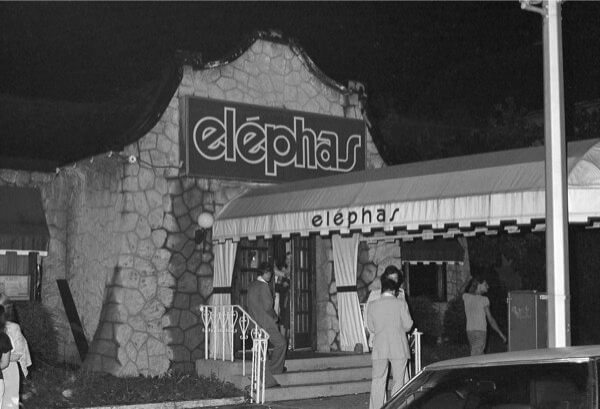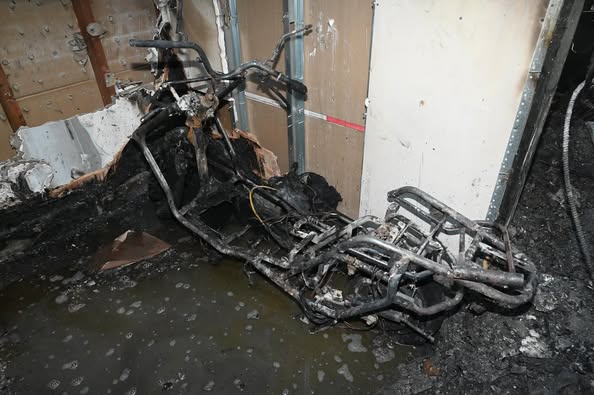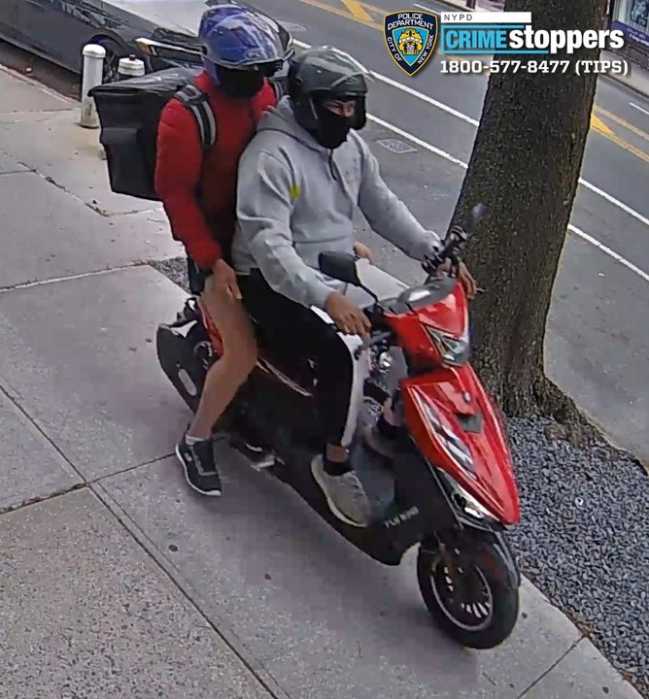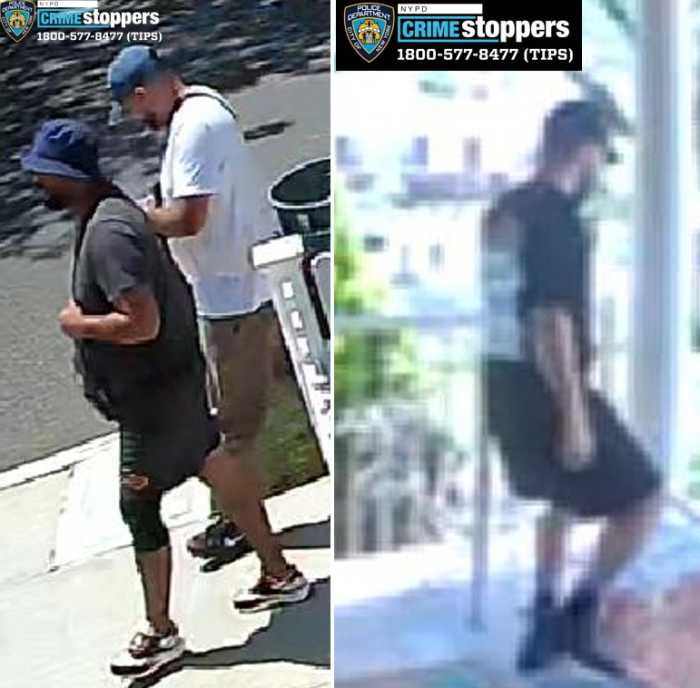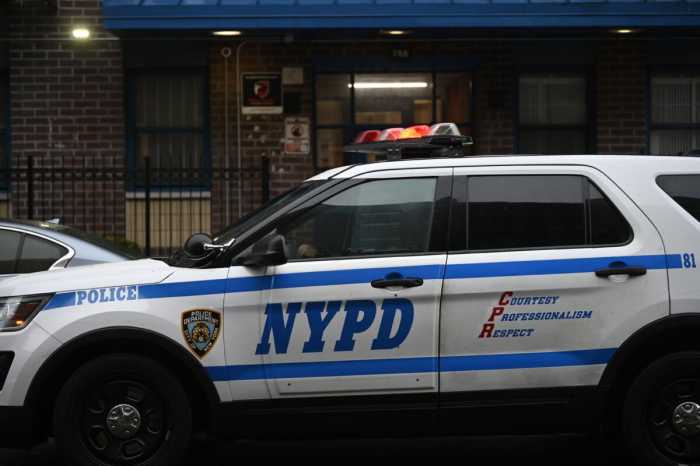By Tammy Scileppi
“I love to hunt. Prowling the streets looking for fair game.”
That twisted message was scribbled on one of several weird notes that the NYPD police and press had gotten from the notorious .44 serial killer Son of Sam, during his 13-month reign of terror across the Bronx, Queens and Brooklyn.
It was the summer of 1976, and the elusive shooter seemed to be focused on the gentler borough. Rumor had it that he preferred Queens girls because they were the prettiest.
But in Gotham, no one felt really safe. A monster was out there terrorizing an entire city.
You had to look over your shoulder, especially if you had long dark hair or happened to be sitting in a car with your date, because you were considered fair game.
Most New Yorkers think they know what had ignited Son of Sam’s murderous rampage, which left six dead and seven wounded before his arrest 40 years ago last week. But they probably don’t understand why he killed.
Between 2013 and 2015, Scott Bonn, Ph.D., an expert on the behavior of criminals, had corresponded with and visited David Berkowitz in prison. Dr. Bonn’s goal was to find out what made him tick, while conducting research for his new book, “Why We Love Serial Killers: The Curious Appeal of the World’s Most Savage Murderers.”
Dr. Bonn, who is also a popular media commentator and a criminology professor at Drew University, was eager to share what he had learned.
In a recent phone interview, the author talked about his meetings with the infamous criminal, who is now 65, bald, and a born again Christian minister of sorts. And he revealed why the self-described “Son of Hope” now believes he was once evil.
Son of Sam shot his first two young victims in the Bronx, shortly after 1 a.m. on July 29, 1976. His killing spree had begun.
During one of the hottest summers on record, New Yorkers were likely sensing a strange chill in the air. And police had no leads except for a large .44 bullet and those disturbing letters. At that time, there were no security cameras; no cell phones or pinging towers; and no DNA testing. Just old-school detective work.
When the pudgy, smirking shooter was finally arrested outside his Yonkers apartment in 1977, it turned out NYPD detectives had traced him through a parking ticket left on his car near the spot in Brooklyn, where on July 31, he shot his last victims: Stacy Moskowitz, who died, and her boyfriend, Robert Violante, who was blinded.
Violante, Stacy’s mother, and other surviving victims and families of the deceased are featured, along with the detectives who dedicated their lives to capturing the serial killer, on a recently aired Investigation Discovery TV documentary called “Son of Sam: The Hunt for a Killer.” The piece explores and re-examines this remarkable murder case.
The story is told by those whose lives were transformed by tragedy. Their testimony is combined with extensive archive film and extraordinary visuals from the crime scenes and other key locations. Dr. Bonn provides expert commentary about Berkowitz.
Back in 1976, the inner workings of a twisted mind were once again revealed when police received another note that read: “I am the demon from the bottomless pit here on Earth to create havoc and terror.”
Based on one-on-one conversations with the killer, Dr. Bonn managed to gain insight on Berkowitz and his motivations
“He had tremendous feelings of inadequacy, and was looking for meaning and purpose in his insignificant life. He was angry at the world because he resented being lied to about his adoption and being told his mother died in childbirth,” Bonn said. But all that rage was based in fear.”
Apparently, Berkowitz relished his evil “celebrity” status and enjoyed terrorizing NYC, according to Bonn, who believes that his criminal infamy boosted his otherwise fragile, deeply disturbed ego.
“He thought that by killing, he would find fulfillment and the favor of Satan. He believed that killing made him somebody…a big and important man, and he wanted society to pay for the harm he believed had been done to him,” Bonn said. “He became obsessed with killing and, like a drug addict, could not stop. He was powerless. Killing gave him a temporary high that never lasted and he had to kill again and again.”
The author said Berkowitz had joined the army, but left feeling worse than ever. That’s when he got into Satanism. Although Bonn said he didn’t believe the killer’s claims about getting messages commanding him to kill, from his neighbor Sam Carr’s dog Harvey.
“In terms of his overall motivation, I truly believe that he was trying to serve Satan,” Bonn noted. “In fact, for the first couple of years he was in prison, he kept thinking Satan was going to come and release him.”
There are so many different theories.
“You have to look for the kernel of truth in all of it. And I think a lot of it is just fabrications and legends and spin built up over time,” Bonn said.“The killer wrote strange messages simply to terrorize society. That was his main goal. But Berkowitz wasn’t clinically or legally insane.”
“He was a twisted, deeply disturbed and tormented individual, who did evil things. And it was all based in his own insecurities and fear. When he was in court during the Stacey Moskowitz murder trial, he would sit there and in a sing song voice repeat: ‘Stacey is a whore…’ He did that deliberately, just to torment her mother.”
And Bonn insists the shootings were more random than they appeared. “He’s what’s called a disorganized serial killer. He went out and picked his victims spontaneously, and unlike Jeffrey Dahmer or Ted Bundy, who were highly organized serial killers, he did not go to any efforts to try to conceal the bodies or cover his tracks. He just shot them and left them where they were.”
Although Gotham was in a downward spiral during the 1970s, disco fever had reached its peak in July of 1976. Many young people frequented Elephas in Bayside, a popular disco on Northern Boulevard.
Robert Verdi of Whitestone remembers hanging out there in 1977 with his friends when he was 19.
“We were really scared after we heard about those two people who were shot in a car by the club,” Verdi recalled. “It was tough staying home but we were back the day after they got him.”
Another Queens resident, who grew up in the Bronx, said she found out years later that a neighbor and family friend had once worked with Berkowitz in a local post office. Joyce Kraskin recalled her neighbor’s shocked reaction when he later found out that his co-worker had “gone postal” and was actually the notorious Son of Sam.
Convicted of second-degree murder in June 1978, Berkowitz received sentences for each murder. When he was arrested, he simply said, “You got me. What took you so long?”
During one of his sessions with Bonn, the serial killer explained why he thought people are drawn to the darker side of life.
“Regarding why people are so fascinated by serial killers, mass murder and violent crime, it could be that deep inside, everyone has the desire to take out one’s anger and frustration upon someone else… Man can become violent and beast-like in a moment’s time.”

